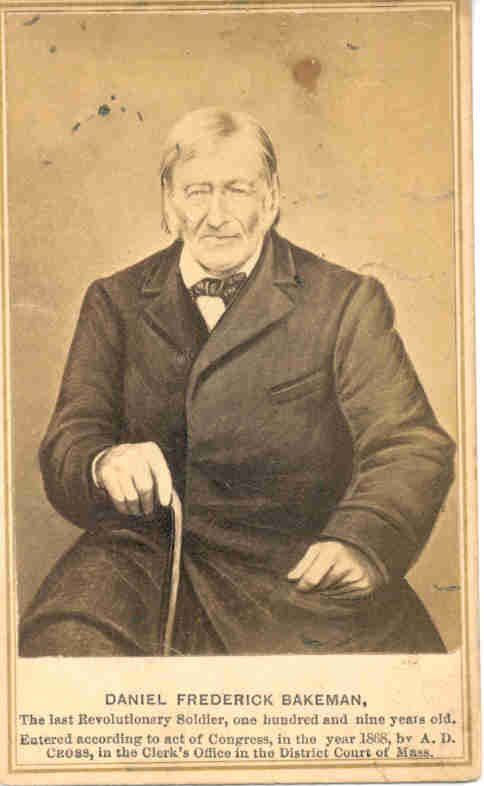Sign up for the Family Tree Newsletter Plus, you’ll receive our 10 Essential Genealogy Research Forms PDF as a special thank you!
Get Your Free Genealogy Forms
"*" indicates required fields

Did you know that’s it’s possible to own a picture of a member of the Revolutionary War generation? That’s right. Not the Civil War, but the War of Independence. It’s true. I know.
For 18 years I’ve worked on a personal project to locate images of folks who lived during the American Revolution but lived long enough to be photographed. That means they lived after 1840. I’ve compiled two volumes called The Last Muster and am working on a third. I need your help.
Look through your collections for elderly men and women in the photo styles below. Perhaps you even know about their Revolutionary War lives. If not, I tackle that task for you.
Patriots, loyalists and those that never served
I’ve identified over a thousand men who lived after 1839 and into the age of photography. Anyone who was a young adult during the American Revolution would have been at least 80 years old by the advent of photography.
Wives and widows
As surprising as it may seem, the last surviving widow of a Revolutionary soldier died in 1906! Esther Sumner married Noah Damon when she was 21 and he was 75. Finding pictures of wives and widows means looking at pictures taken anywhere from 1840 to the early 1900s. The birth dates of these women range from the 1760s into the early 1800s, depending on their age when they married the veteran.
Types of Photographs
Since my search covers a wide range of time, I’m looking for a variety of photographs from the earliest daguerreotypes to paper photos. These descriptions will help you identify the type of picture in your collection:
Daguerreotypes (1839 to 1860s)
The first photographs, daguerreotypes have reflective surfaces; you must hold the photos at an angle to see their images. Daguerreotypes are often found in cases.
Ambrotypes (patented in 1854)
Often placed in cases because of their fragility, these glass images are backed with dark material.
Tintypes or ferrotypes (patented in 1856)
This third type of cased image is produced on thin sheets of iron.
Carte des visite (CDVs) (introduced in 1854)
Inspired by 19th-century visiting cards, these small paper prints usually measured 2×4 inches.
ADVERTISEMENT




